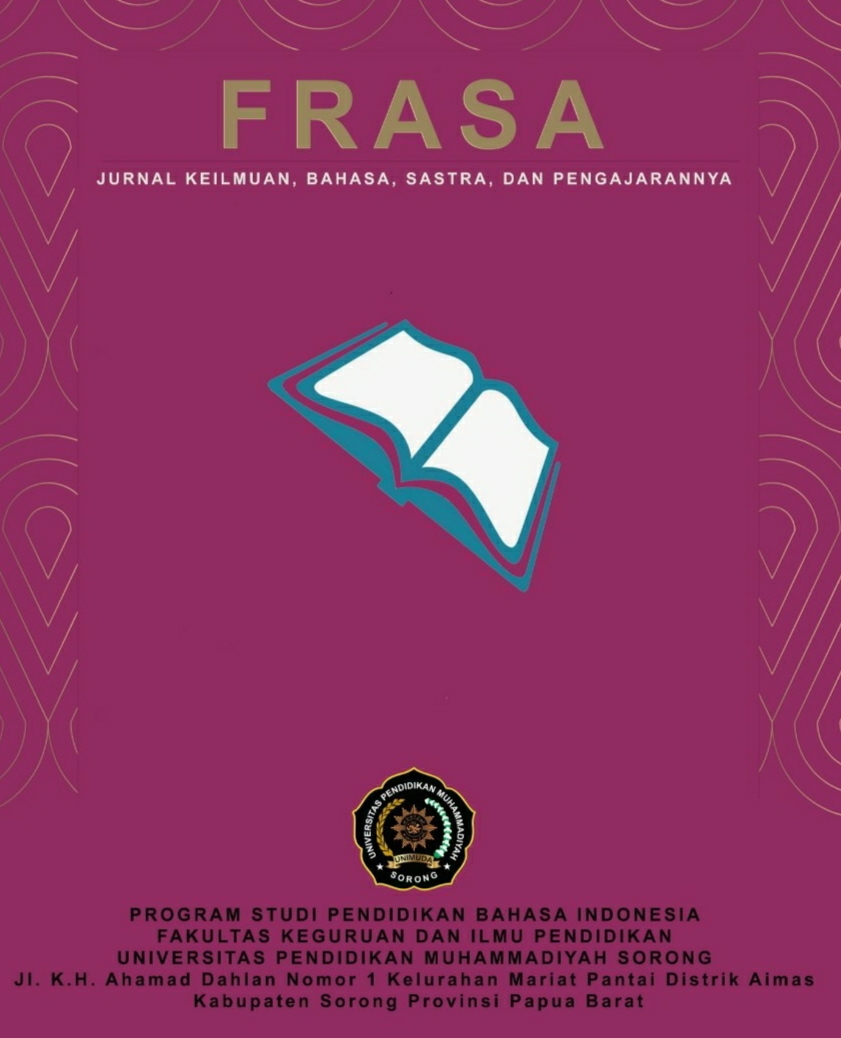POLA DAN PEMBENTUKAN JAMAK DALAM BAHASA ARAB DAN BAHASA INGGRIS (STUDI KONTRASTIF)
DOI:
https://doi.org/10.36232/frasaunimuda.v6i1.2145Keywords:
Plural, Contrastive Analysis, Language LearningAbstract
This study aims to analyze the pattern and formation of plurals in Arabic and English contrastively. Through a descriptive qualitative approach and literature study method, this study identifies and compares various plural forms based on their morphological structure and function in sentences. The results of the analysis show that Arabic has a more complex plural system, including mudzakkar salim plural, muannats salim plural, and taksir plural. Meanwhile, English uses a relatively simpler plural pattern with the addition of the endings -s, -es, and irregular plurals. This comparison reveals that differences in grammatical structure greatly affect the learning strategies of the two languages. The implications of these differences require a contextual and interactive learning approach. Students need to be introduced to plural patterns through real-life examples and application exercises in various communication situations. Teachers are also advised to use a contrastive approach as an analytical tool so that students can critically understand the differences and similarities between the two languages. This study recommends the integration of visual learning media, structured exercises, and formative evaluations to improve the effectiveness of understanding the concept of plurals in Arabic and English.





